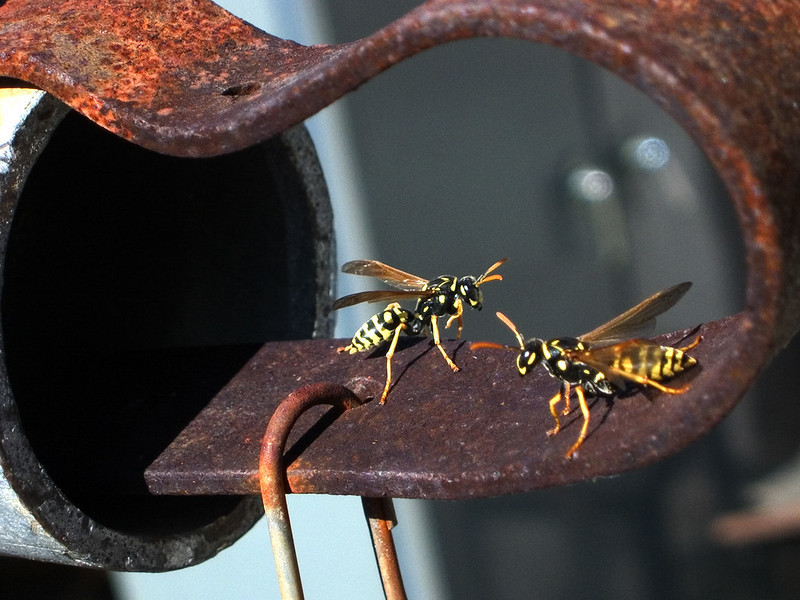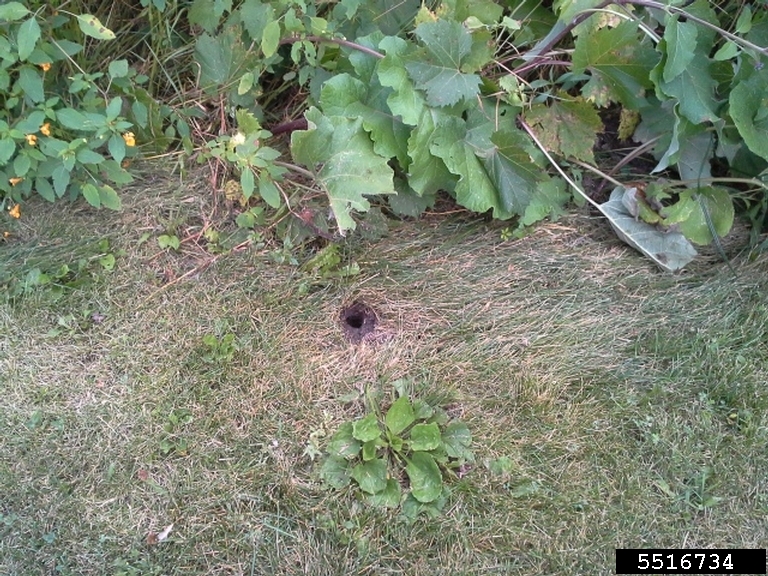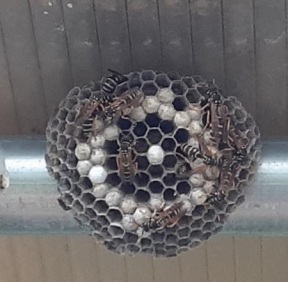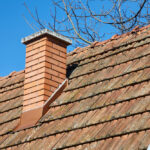These Wasps Are Not Social Distancing!
Thanks to the University of Maryland / Maryland Grows this informative article about wasps.

Wasps are considered bad
Wasps are some of the most highly disliked insects and are often all linked together with bees as being “bad.” When my co-workers and I led a group of elementary school children on a bee lesson, our very first question for the group was: how do you feel about bees? Give us a thumbs up, thumbs down, or tilt your thumb to the side if you aren’t sure.
Many times students gave us a thumbs down or to the side with a sad story about being stung or a family member being stung. After letting the children talk, we found that the majority of the time, people were being stung by wasps and not bees.
Social wasps are listed in the family of insects called Vespidae, which includes the yellowjackets, baldfaced hornets, and paper wasps. All of these are aggressive stinging insects that we see in our yard and garden. Socialrefers to their nesting habits. Several wasps live all together in one nest and will defend that nest, which is why people get stung if they get too close. Social wasps make their nests from paper, which they make by chewing on wood, newspaper, or cardboard.
Wasps are social
It is important to know that not all wasps are social wasps and they are not all aggressive. Some, like mud dauber wasps, are solitary wasps. They are not aggressive because they do not have a colony to defend. Cicada killer wasps are solitary wasps also. They are aggressive towards cicadas (their food of choice), but not people, unless the female wasps are deliberately provoked.
In the social wasp group, yellowjackets are scavengers and will search widely for food, which includes garbage and carrion. These are often the pesky critters that try to get into your food at picnics. They can nest in the ground and will get aggressive if disturbed.
Social wasps get a bad reputation because of their ability to repeatedly sting. Many people can have an allergic reaction to their venom.
It is worth noting, however, that wasps have a valuable role in the environment — they are predators and even help with pollination. According to the North Carolina State web article on social wasps, a colony of 200 yellowjackets can eat 5,000 caterpillars in just one season.
Be cautious

Photo: Mohammed El Damir, Bugwood.org
Even though social wasps are considered beneficial insects, you should not feel guilty if you have to remove a nest if it is located in an area that poses a threat to human well-being. Always be cautious when using pesticide products such as aerosol wasp and hornet sprays. These can get into your eyes or on a location that is not intended, such as on pollinator plants, vegetables, or on picnic tables or outdoor dining furniture. Consult and follow the label for correct and safe use. You also can flag or mark the nest entrance and talk to a pest control company about removing it.
All social wasps produce an annual colony that will be destroyed with the killing frosts of fall. So, if a nest is in an out-of-the way location, just leave it alone.
Identify before taking action
Finally, before taking any action with wasps (or bees), identify the insects first. Check the Home & Garden Information Center website for information or submit your photos to Ask an Expert for identification.
For more information, check out these additional resources.
- Nuisance Wasps and Bees | Colorado State Extension
- Social Wasps | Iowa State Extension
- Controlling Scavenging Yellowjackets | University of Minnesota Extension
- Paper Wasps, Yellowjackets, and Solitary Wasps | Texas A&M Extension
By Ashley Bodkins, Senior Agent Associate and Master Gardener Coordinator, Garrett County, Maryland, edited by Christa Carignan, Coordinator, Home & Garden Information Center, University of Maryland Extension. See more posts by Ashley and Christa.
Looking to buy or sell your home (with or without wasp nests), contact Gigi today.








Recent Comments